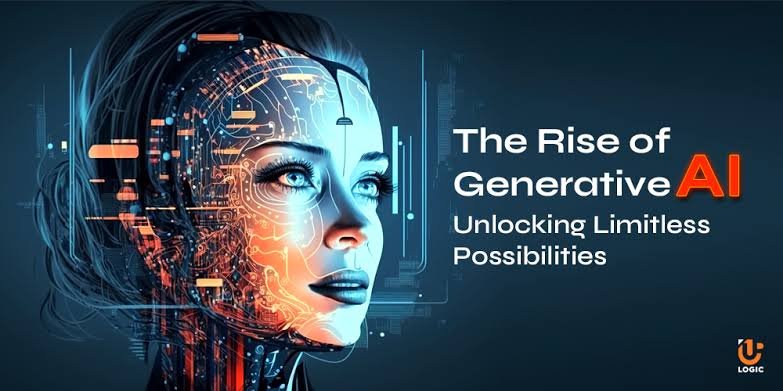Introduction
Artificial Intelligence (AI) has revolutionized numerous industries, and one of the most exciting developments is AI-powered image generation. These tools, often referred to as AI image generators, use deep learning models to create stunning visuals from text prompts. Whether for artists, designers, marketers, or everyday users, AI image generator offer a new frontier of creative possibilities.
How AI Image Generators Work
AI image generators rely on deep learning models, particularly Generative Adversarial Networks (GANs) and diffusion models. These models analyze vast datasets of images, learning patterns, styles, and compositions. When a user inputs a text prompt, the AI interprets it and generates an image that aligns with the given description.
Some of the most well-known AI image generators include:
- DALL·E 3 – Developed by OpenAI, this model generates high-quality, detailed images from textual descriptions.
- MidJourney – Popular among digital artists for its stylized and highly detailed artwork.
- Stable Diffusion – An open-source model allowing users to generate and fine-tune images with greater control.
Applications of AI Image Generators
- Art and Design – AI helps artists create concept art, digital paintings, and unique compositions in minutes.
- Marketing and Advertising – Brands use AI-generated visuals for social media content, advertisements, and promotional materials.
- Game Development – Developers utilize AI to create character concepts, environments, and textures.
- Fashion and Interior Design – AI assists designers in visualizing clothing designs and interior decor concepts.
- Education and Research – AI-generated images help in academic studies, historical reconstructions, and scientific visualizations.
Benefits of AI Image Generators
- Speed and Efficiency – Generates high-quality images in seconds, saving time for designers and artists.
- Cost-Effective – Reduces the need for expensive graphic design software or professional illustrators for basic designs.
- Endless Creativity – Users can explore limitless artistic possibilities, experimenting with different styles and themes.
- Accessibility – Anyone with internet access can create high-quality visuals without prior artistic experience.
Challenges and Ethical Concerns
Despite their benefits, AI image generators raise several concerns:
- Copyright Issues – AI models are trained on existing images, sometimes raising questions about originality and ownership.
- Misinformation and Deepfakes – AI-generated images can be used to create misleading content or spread false information.
- Job Displacement – Some fear that AI-generated art may replace traditional artists and designers in certain industries.
- Bias in AI Models – AI models may produce biased or inappropriate images due to limitations in their training datasets.
The Future of AI Image Generation
As AI technology advances, image generators will likely become even more sophisticated. Future improvements may include:
- Better quality and realism – AI-generated images will continue to improve in resolution and accuracy.
- Enhanced customization – Users will have more control over the style, composition, and details of generated images.
- Integration with AR/VR – AI-generated visuals could seamlessly integrate with augmented and virtual reality applications.
- Stronger ethical guidelines – Developers and policymakers will work towards addressing copyright, bias, and misinformation issues.
Conclusion
AI image generators represent a groundbreaking shift in digital creativity. They empower users across various fields to create, innovate, and visualize ideas effortlessly. While challenges exist, the benefits far outweigh the drawbacks, making AI image generation a transformative force in the world of design and art. As the technology continues to evolve, its potential will only expand, shaping the future of creative expression.
